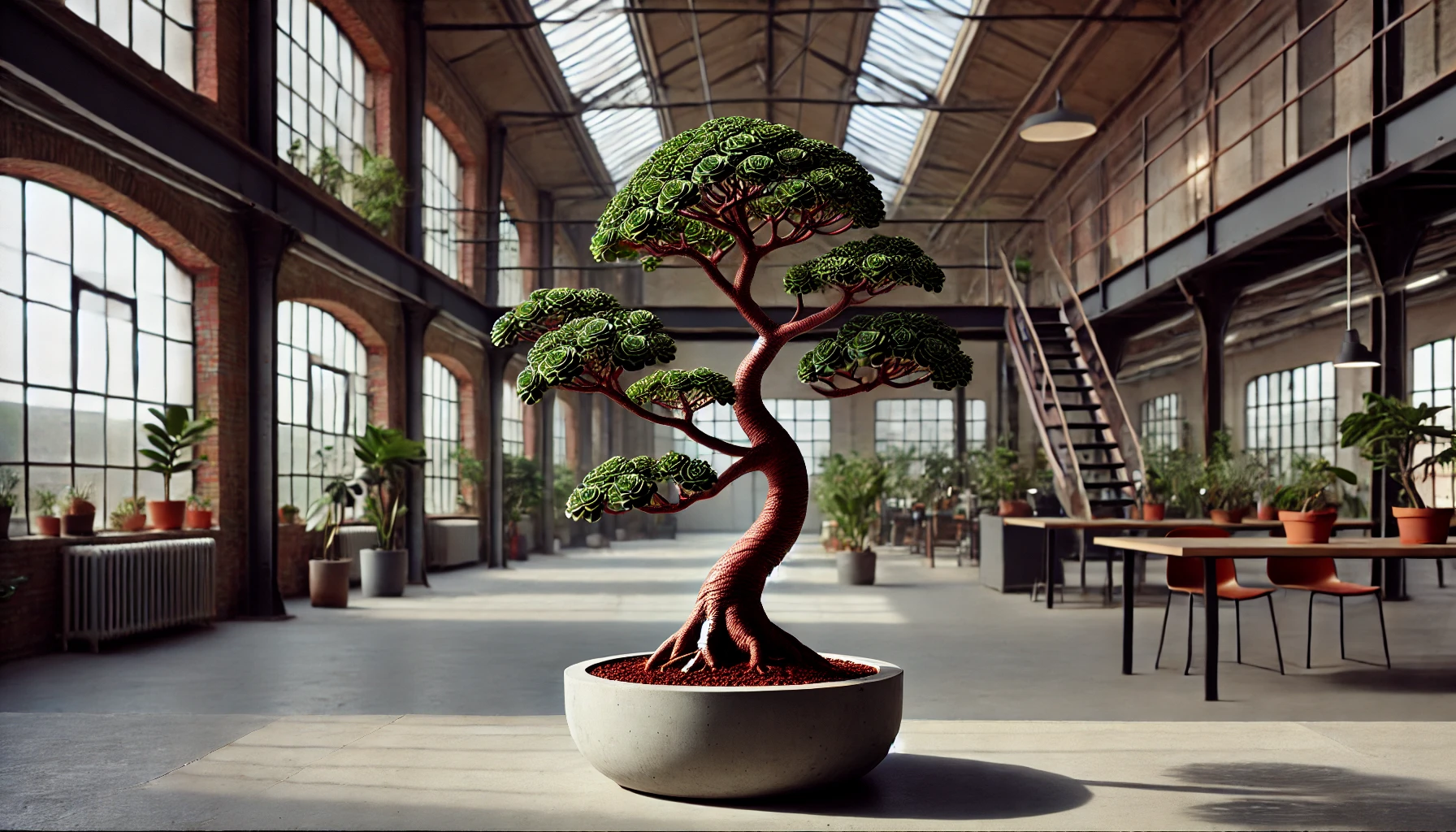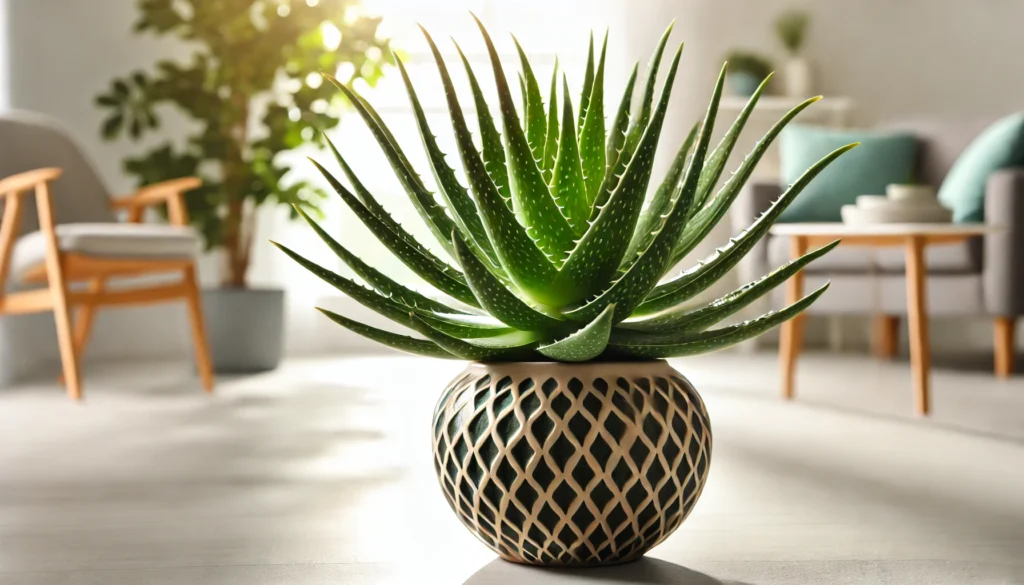
Elephant Bush, known formally as Portulacaria afra, is a versatile succulent that can grow up to 15 feet tall in its natural habitat. It’s a popular choice for both indoor and outdoor gardens, thanks to its attractive, fleshy leaves and easy care requirements. Whether you’re looking to add greenery to your home or landscape, this plant is a fantastic option.
The Rich History and Ideal Growing Conditions
Elephant Bush originates from South Africa, where it thrives in arid, rocky environments. It’s commonly used in landscaping and as a houseplant due to its drought tolerance and ability to adapt to various growing conditions. This hardy succulent prefers bright, indirect light but can tolerate full sun. It grows best in well-draining soil, such as a cactus mix, and does well in containers or the ground. With proper care, it can flourish in various climates, making it a versatile addition to any plant collection.
Is Elephant Bush Toxic to Pets?
When considering adding Elephant Bush to your home, it’s important to know about its safety around pets. Fortunately, Portulacaria afra is non-toxic to cats, dogs, and other common household pets. This makes it an excellent choice for pet owners who want to enjoy the beauty of succulents without the worry of harming their furry friends.
Best Practices for Caring for Elephant Bush
Elephant Bush is relatively low-maintenance, but following a few best practices will ensure it remains healthy and vibrant.
Watering and Humidity:
This succulent is drought-tolerant, so it’s essential to avoid overwatering. Allow the soil to dry out completely between waterings, and water sparingly during the winter months when the plant’s growth slows down. Elephant Bush doesn’t require high humidity, making it well-suited for most indoor environments.
Soil, Light, and Temperature:
Plant your Elephant Bush in well-draining soil to prevent root rot. A cactus or succulent mix works perfectly. This plant loves bright, indirect light but can adapt to lower light conditions if necessary. However, it will thrive and grow more vigorously in bright, sunny spots. Temperature-wise, Elephant Bush prefers warm conditions and should be protected from frost.
Common Problems and Simple Remedies
Despite its hardy nature, Elephant Bush can face some challenges. Overwatering is the most common issue, leading to root rot. If you notice yellowing leaves or a soft stem, reduce watering and check the soil for proper drainage. Pests like aphids and mealybugs can occasionally be a problem. Wipe the leaves with a damp cloth and use insecticidal soap if needed.
Propagation and Benefits of Elephant Bush
Propagating Elephant Bush is easy and rewarding. Simply take a healthy stem cutting and allow it to dry for a few days before planting it in well-draining soil. This plant not only adds beauty to your space but also helps improve air quality. Moreover, in its native habitat, Elephant Bush is used to restore ecosystems and combat soil erosion.
Final Thoughts
Elephant Bush is a versatile and resilient succulent that brings both beauty and practicality to any garden or indoor space. Its ease of care, non-toxic nature, and ability to thrive in various conditions make it an ideal choice for plant enthusiasts of all levels. Whether you’re a seasoned gardener or a beginner, Elephant Bush will reward you with its lush greenery and low-maintenance charm.



